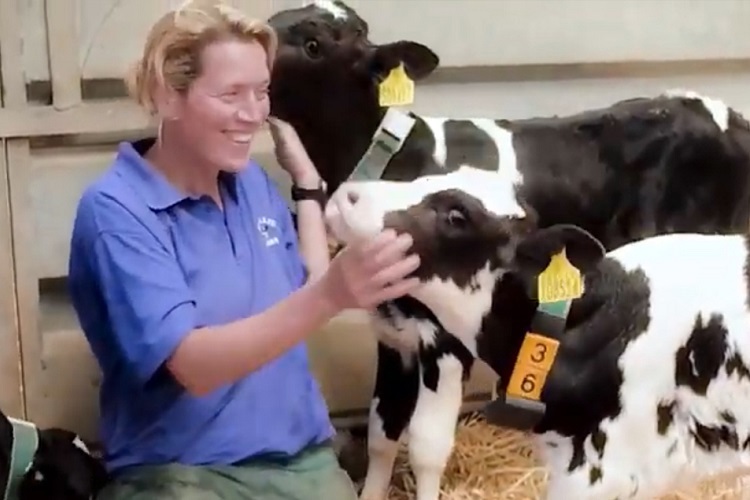Elevated levels of pre-weaning nutrition increase growth and change protein and energy metabolism and hepatic function of calves.

The key scientific principle behind the LifeStart program is known as metabolic programming. This phenomenon has been proven to exist in all kinds of mammals, including human beings and dairy calves. The effect is best described as an improvement of the whole life health and performance of individuals beyond what would previously have been considered their full potential. Metabolic programming is triggered by optimised growth at the start of life. Growth in animals is understood to be dependent on four key factors:
Genetics has long been thought to be the most powerful of these in determining the maximum growth potential of calves. Recent epigenetic research examined changes in the expression of genes caused by external factors. Gene expression appears to be affected by the quality of nutrition and the absence of disease in the crucial early period of life. LifeStart research in dairy calves aims to achieve a deep understanding of metabolic programming, and how this information can be used to optimise rearing programs for calves, optimising udder development and average lifetime daily production.

The development of mammary tissue is essential to the future productivity of the cow. A 2004 study by Brown et al found compelling evidence that calf growth in the first eight weeks of life is a key factor in stimulating udder development in calves and heifers. A LifeStart feeding schedule results in optimal development of parenchyma – the epithelial and myoepithelial cells that form the milk-producing glands in the udder.
|
|
Restricted (n=6)0.6 kg/d MR |
Enhanced (n=6)1.3 kg/d MR |
p-value |
| Pancreas, g | 32.90 | 29.49 | 0.61 |
| Pancreas, % of BW | 0.05 | 0.04 | 0.11 |
| Liver, kg | 1.35 | 2.35 | < 0.01 |
| Liver, % of BW | 2.23 | 2.84 | < 0.01 |
| Mammary gland, g | 75.48 | 337.58 | < 0.01 |
| Parenchyma, g | 1.10 | 6.48 | < 0.01 |
| Parenchyma, % of BW | 0.002 | 0.008 | < 0.01 |